 42
42
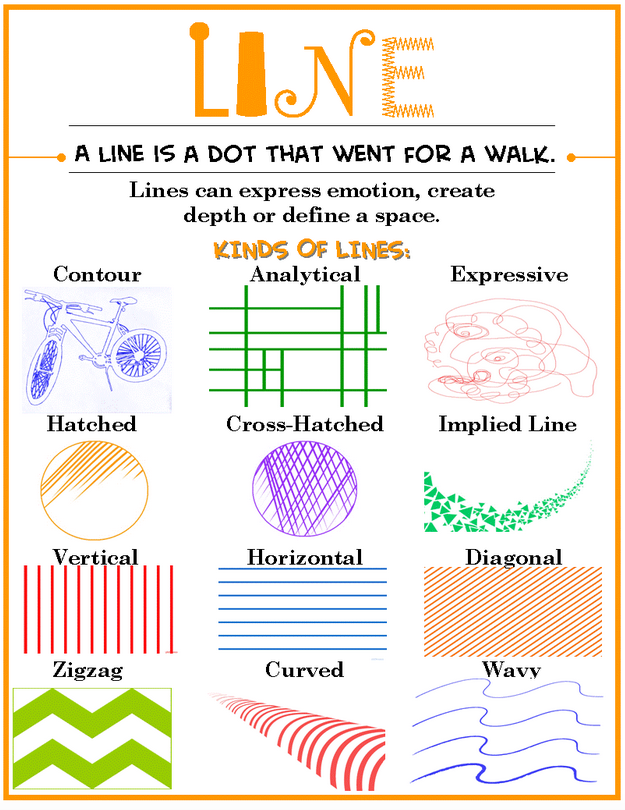
(Image courtesy of Ann Gibson at Canyon Creek Elementary School)
We begin our Design to Quilt Program with the Elements of Design. Elements of design include line, shape, form, texture, space, color, value. Think of these terms as the ingredients in your kitchen. Let's use scrambled eggs as an example. On their own scrambled eggs are tasty, but when you add other ingredients such as butter, salt and pepper, the dish has more depth of flavor and interest. The same principle holds true for your quilt work. You as the designer should be striving to create a piece that holds the viewers interest by incorporating all, if not most, of the elements.
Let's begin with Line. As in the example above, lines can be thick, thin, straight, wavy, curved, tapering or uneven. Lines can create texture, send our eyes moving in a certain direction, create mood, gesture or outline. When it comes to quilting, the simplest line can be the stitches that hold together the top, batting and backing.
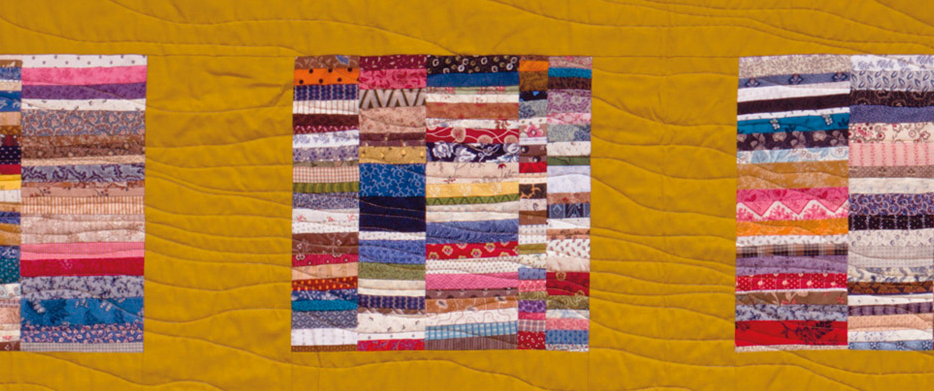
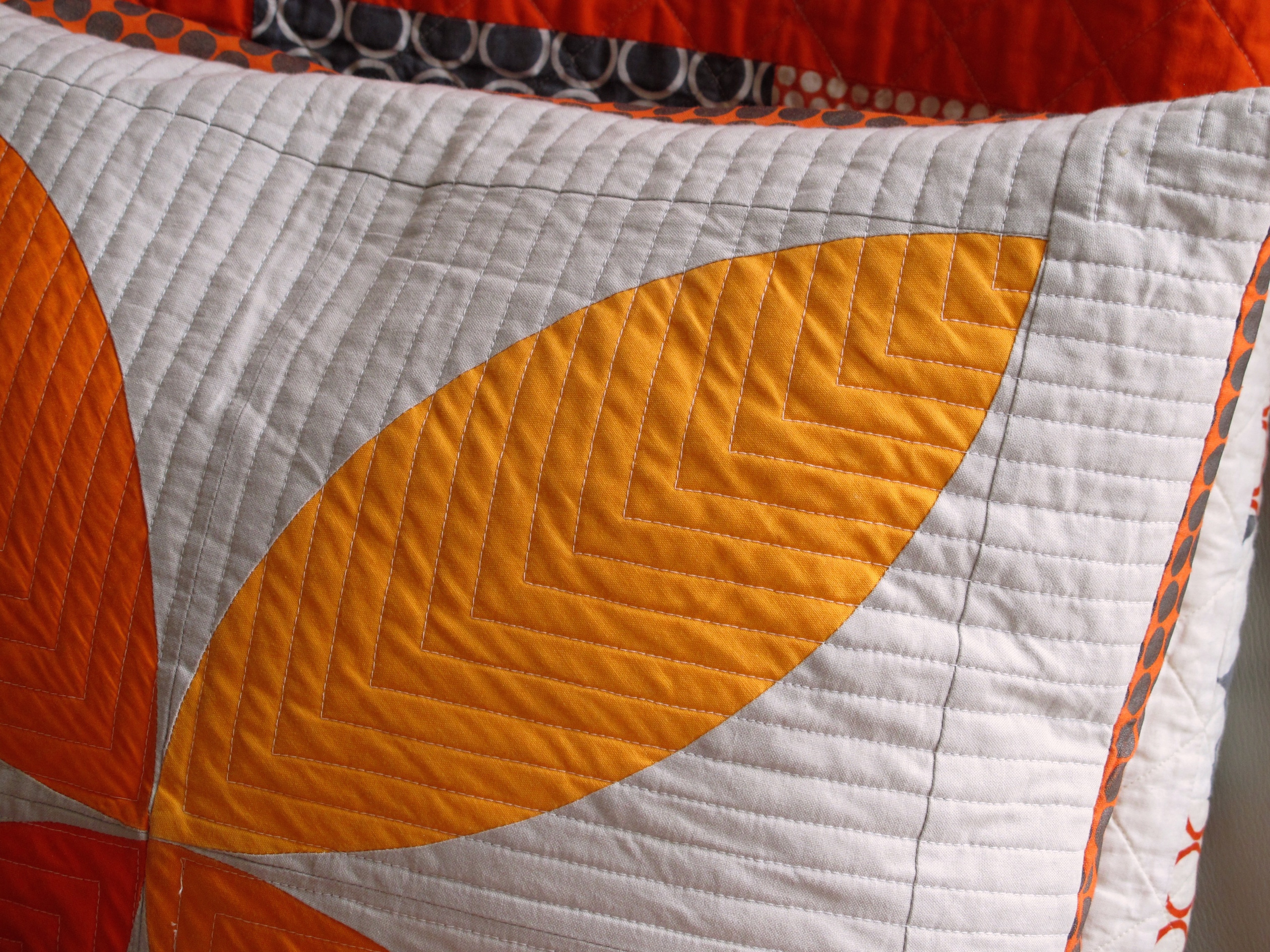
Gently waving lines
Lines in an orderly formation
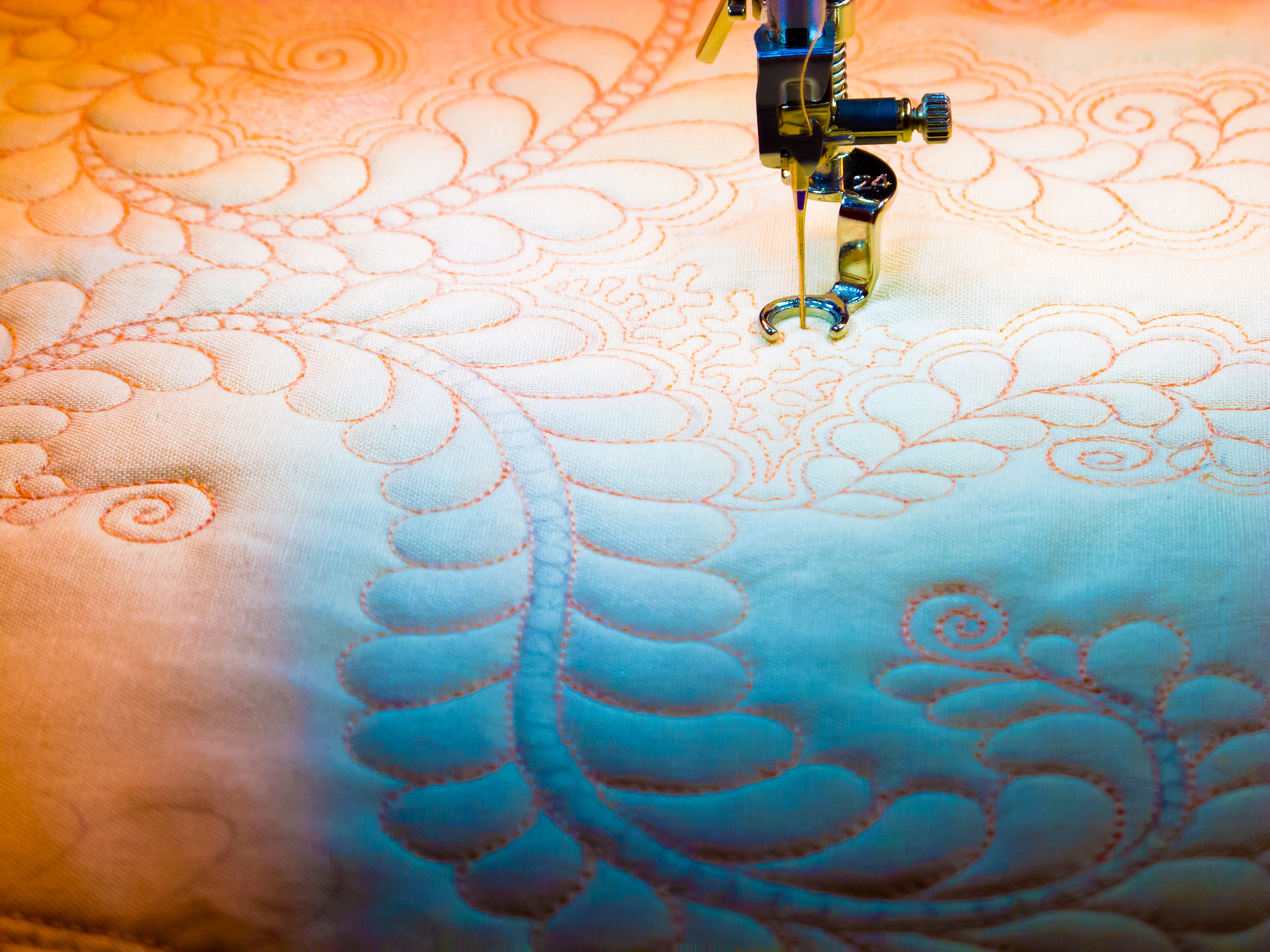
Complex lines of feathers, wreaths, twirls
But Line can be so much more. Artist Leni Levenson Wiener (Show 1413) shares her apporach to line when it comes to capturing a viewers interest in a quilt.
Line
by Leni Levenson Wiener
In art, line can refer to several different ideas. Line can be an actual mark on the surface of the work; it can define or outline shapes or represent the negative spaces between shapes. Line can be literal or implied; either a visual path the viewer takes through your composition or a connection by an invisible thread from values, shapes or colors that repeat to form a pattern and travel across the surface of your artwork. Line can also be the direction of the shapes and elements you use that create gesture and movement in your composition.
Line as visual path
Often we hear the expression “to draw the eye in” which refers to the visual path used to guide the viewer through an artwork or to insure the focal point is the most important aspect of the composition. This visual path can be clearly depicted or it can be implied, the eye gently taken along from one point to another by an actual or suggested line. This path can run from the front of the composition to the back, up and down, from side to side, or around in a circular or radiating fashion.
 Pinebrook illustrates two principles of line. One is the literal path of the water that leads the eye into the composition, but line is also at play with the trees; the vertical lines they create and the spaces between them are a strong visual element as they are rhythmic and repetitive. (Pinebrook)
Pinebrook illustrates two principles of line. One is the literal path of the water that leads the eye into the composition, but line is also at play with the trees; the vertical lines they create and the spaces between them are a strong visual element as they are rhythmic and repetitive. (Pinebrook)
Line in the composition can be thick or thin. Horizontal lines imply a static composition where no movement is present. Vertical lines emphasize height and draw the eye up into the composition, while diagonal lines bring energy and movement to the work. Radial lines are diagonals that converge and draw the eye to the point from which the lines emanate, while circular lines draw the eye around the work and back again.
(Pinebrook) image courtesy of Leni L. Wiener
In Headed Home, the converging radiating lines both draw the eye into the center of the composition, but because they are diagonal, they create energy and the perception of movement towards the perspective point on the horizon. In Lizard, it is the fabric used for the sky which creates the repeating circular lines, making an otherwise static composition alive with movement. 
(Headed Home and Lizard courtesy of Leni L. Wiener)
Repetition
In Rush, because the silhouetted figures are repeated and dispersed against a contrasting background, they create a pattern; but repetition does not mean the shapes and lines themselves need to be identical, they need only suggest each other. Either way, the resulting pattern serves to create a feeling of rhythmic movement across the surface of the work. Note also how little bits of red and blue are strategically placed, which subtly helps pull the viewer to different points around the composition--the suggestion of an invisible, or implied line. Repetition not only enlivens the surface of the work, it serves as a unifying element.
(Rush) image provided by Leni L. Wiener


Line as gesture
As gesture is simply the movement of the human body that expresses an idea, an opinion, or an emotion, line used in figurative art becomes a powerful tool with which to communicate with a viewer. Body language; the tilt of the head, the position of hands, the implied movement of arms can all speak clearly to the viewer. In The Endless Dance of the Ponytail, the placement and the resulting line of the arms suggest movement, like a dancer, about to reach the peak of momentum. Because the lines of the arms are diagonal, they inherently exhibit more movement than they would if they were in a horizontal or vertical position. The dynamic tension created by the opened space left between the hands becomes the focal point of the work, drawing the viewer up to the peak of movement. Were the hands closed, the closed line would have drawn the eye around the surface and back again and would have cost some of the perceived energy.
And you thought lines only took you from point A to point B!
(The Endless Dance of the Ponytail) Image by Gregory Case Photography
More ideas for adding interest with Lines:

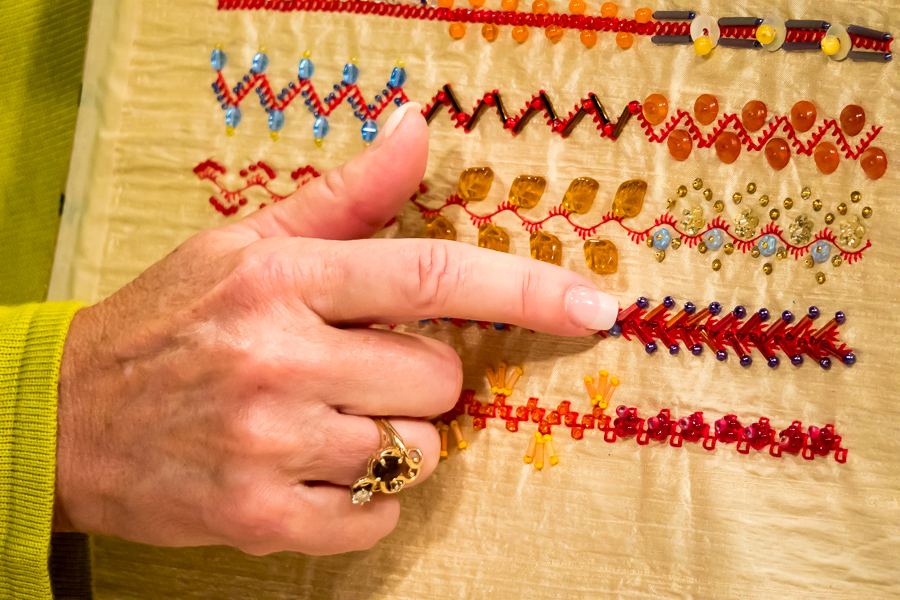
A radial line An orderly line

An implied line
Practice Exercise: Create Your Own Graphic Line Drawing by Deep Space Sparkle
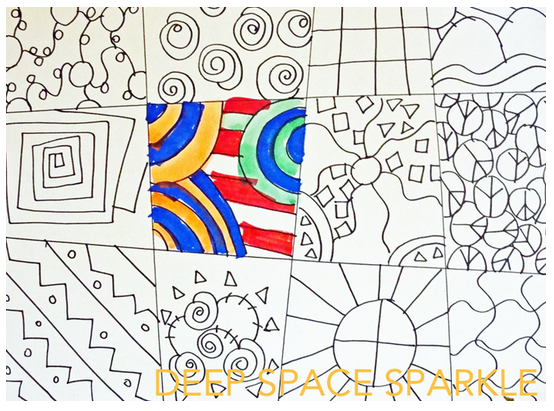

(Images courtesy of Deep Space Sparkle)
Option 1:
On a sheet of plain paper, draw two straight lines across the paper and two lines down. Using your drawing tools of choice, fill in each area with a design. Add color or not. The choice is yours. When you have completed the drawing, add strips of dark construction paper to make the image more graphic.
Option 2:
Make a quilt sandwich with your top fabric being a solid color. Stitch out the lines on the sandwich. Fill in each area with some free motion designs. Don't worry about them not being perfect, this is just a practice piece.
Click here for more topics related to the Design to Quilt program.








 Pinebrook illustrates two principles of line. One is the literal path of the water that leads the eye into the composition, but line is also at play with the trees; the vertical lines they create and the spaces between them are a strong visual element as they are rhythmic and repetitive. (Pinebrook)
Pinebrook illustrates two principles of line. One is the literal path of the water that leads the eye into the composition, but line is also at play with the trees; the vertical lines they create and the spaces between them are a strong visual element as they are rhythmic and repetitive. (Pinebrook)







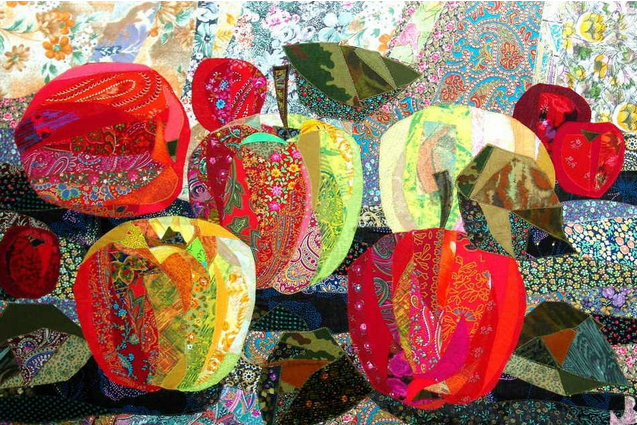



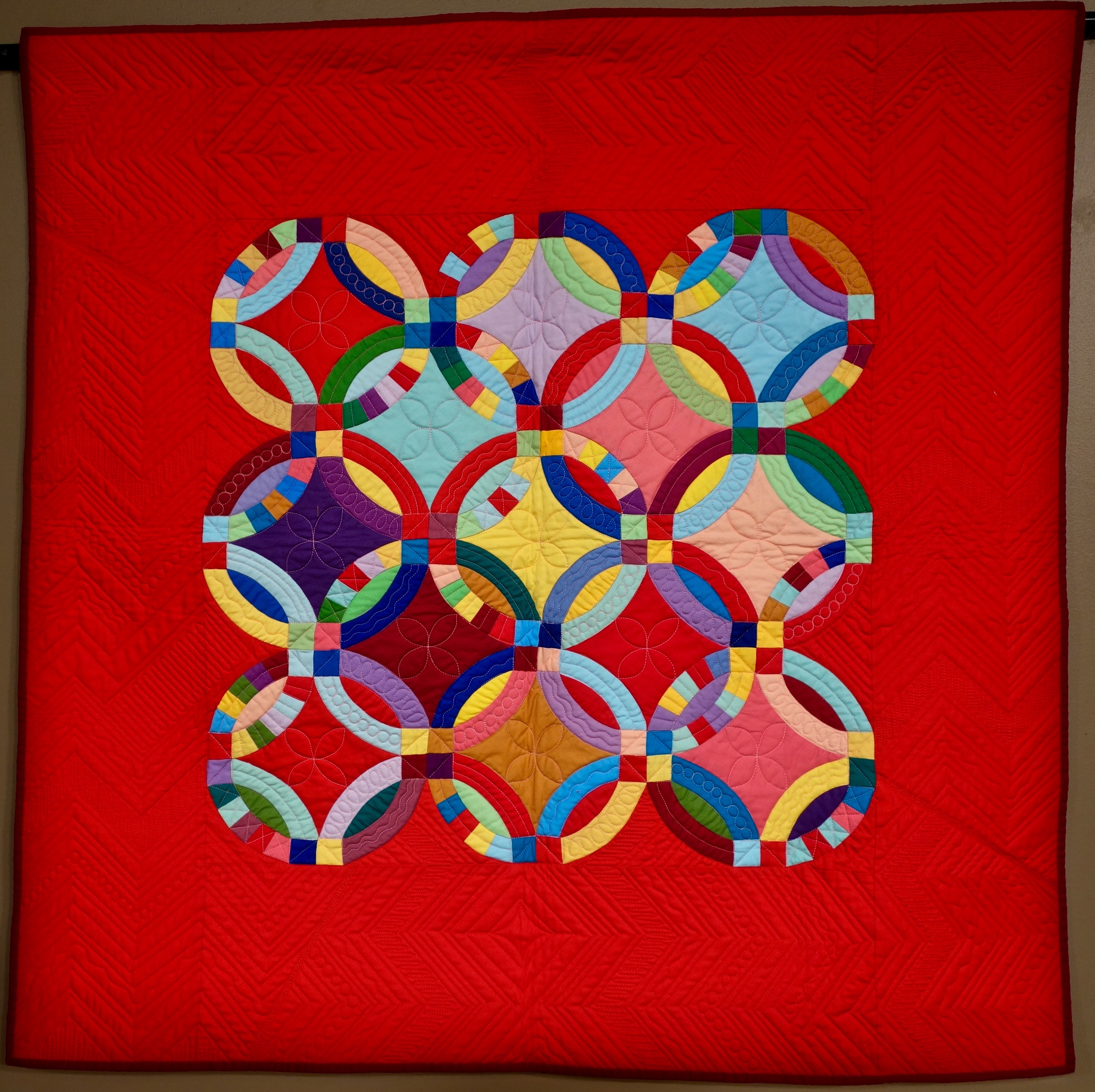

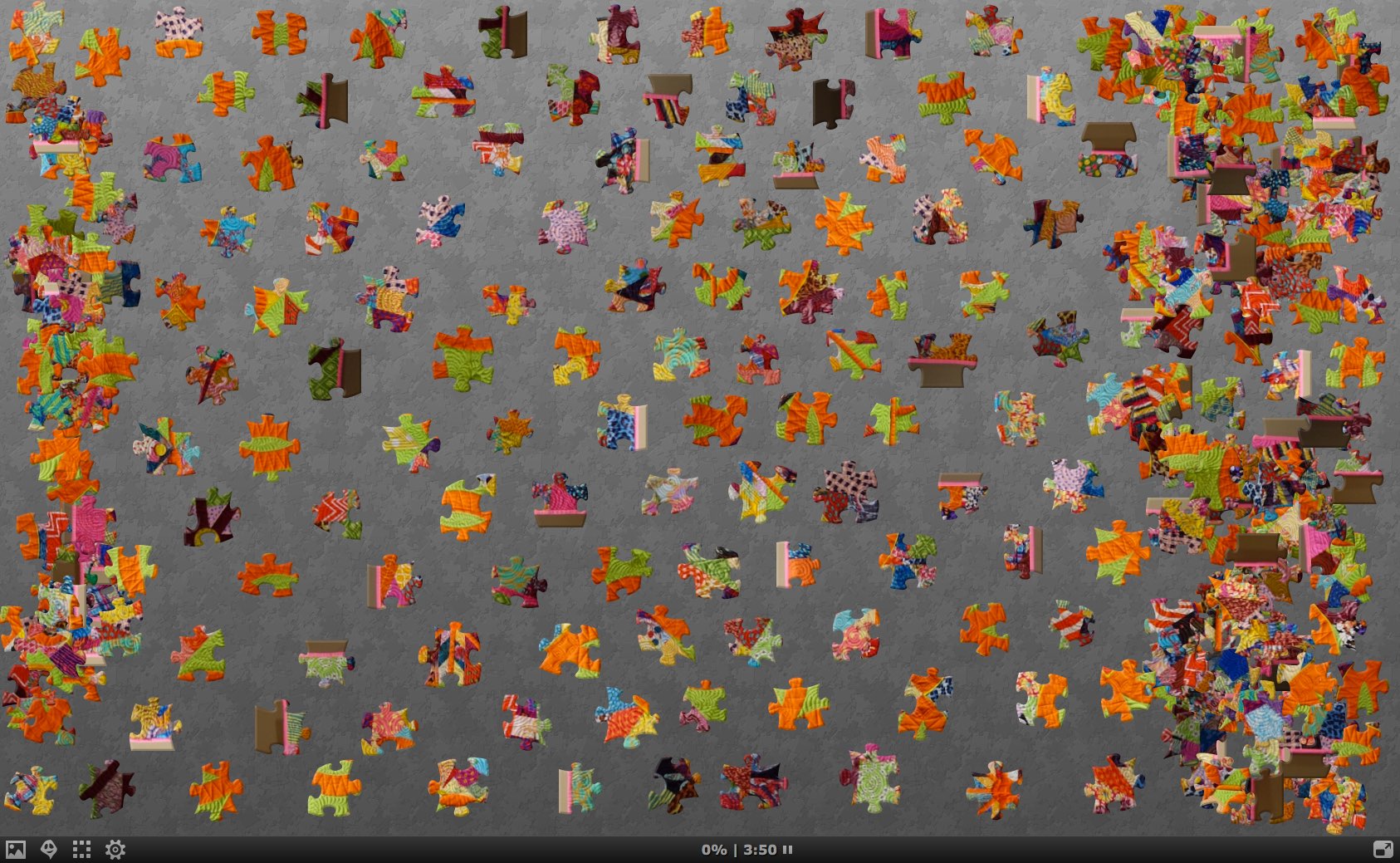


.jpg)


